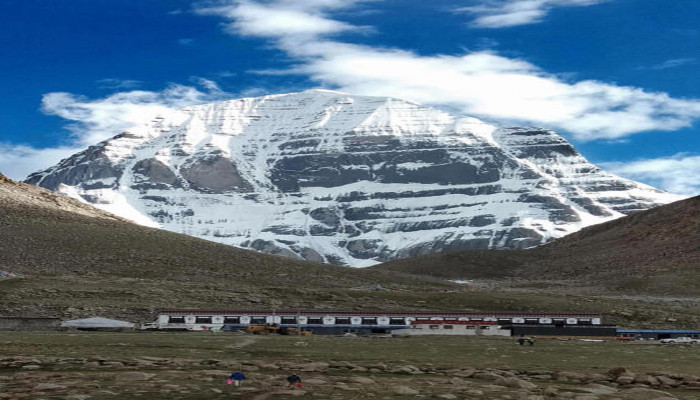
After India accelerated the construction of four “strategic lines” of railways near its disputed border with China, the Beijing-controlled Tibet Autonomous Region Development and Reform Commission revealed that the railway network will be expanded by 2,641 km by 2025, passing through the contentious Aksai Chin region near India’s Line of Actual Control.
The 38,000-square-kilometer territory in northern India, which is part of the Indian Union Territory of Jammu and Kashmir, has been under illegal Chinese control since the 1950s and entirely since 1962.
Since June 2020, India and China have been embroiled in a developing military stalemate across the Line of Actual Control (LAC) in eastern Ladakh (an area with a contiguous border with Aksai Chin).
India does not see its current boundaries with China as a normal international “border”. The unresolved international boundary, which has its origins in imperial British cartographic blunders, is known as the Line of Actual Control in India’s north and the McMahon Line in India’s northeast, after a British administrator named Henry McMahon, who led the effort to finalize the boundary question with the then-Chinese rulers in 1914.
“By 2025, the construction of several railway projects, including the Ya’an-Nyingchi section of the Sichuan-Tibet Railway, the Shigatse-Pakhuktso section of the Xinjiang-Tibet Railway, and the Bomi-Ra’uk section of the Yunnan-Tibet Railway will all see major progress,” a report by Tibet Autonomous Region Development was quoted as saying by The Indian Express.
The projected Xinjiang-Tibet Railway line will run through Aksai Chin from Shigatse to Pakhuktso.
Chinese railway expansion along the LAC: A retaliation for India’s “strategic lines”?
India has accelerated its efforts to build vital railway lines near the Line of Actual Control with China, and detailed project reports (DPR) for these lines have already been produced. New Delhi will have a complete railway network of approximately 1,352 kilometers near the Line of Actual Control (in the country’s north) and the McMahon Line (in the country’s northeast), which it shares with China. New Delhi has announced the construction of four railway lines, three in the Northeast and one in the North.
Once completed, India’s proposed Bhanupli-Bilaspur-Manali-Leh railway line will be the world’s highest railway line, surpassing China’s Qinghai-Tibet line.
The other three railway lines connect to the border in the northeastern state of Arunachal Pradesh: Missamari-Tenga-Tawang (378 kilometers); Pasighat-Tezu-Rupai (227 kilometers); and North Lakhimpur-Bame-Silapathar (227 kilometers) (249 km).
India’s stance on Aksai Chin
On August 4th, 2019, when the Indian parliament repealed Article 370 of the Indian constitution, which granted Jammu and Kashmir special status – the Union Territory of which Aksai Chin is a part – India’s home minister Amit Shah laid out the country’s view on the status of Aksai Chin.
“When I say Jammu and Kashmir, I include Pakistan Occupied Kashmir and Aksai Chin, both are included in the territorial boundaries of Jammu and Kashmir,” Amit Shah said.
A 1962 Indian parliamentary resolution declared New Delhi’s “strong commitment to driving away the invader from India’s sacred soil,” referring to China’s illegal takeover of Aksai Chin following the 1962 India-China war.
